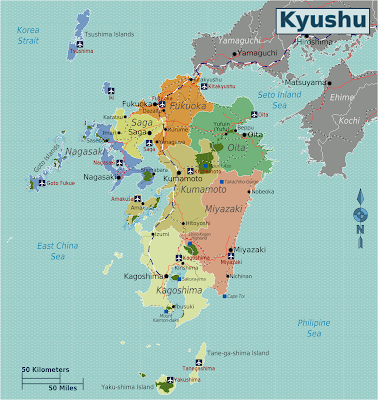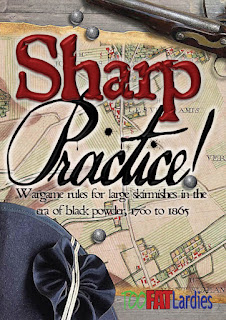Kyushu Trip 2024: Nagasaki
Taking a bit of a break from the painting table, last week I went on a bit of a trip round the western half of the island of Kyūshū, a rather appropriate getaway for someone who might be said to have an interest or two in the period of the Meiji Restoration. The day after arrival at Fukuoka saw a little trip down to Nagasaki, a city that probably needs little introduction. The trip takes about an hour and a half by train, with the first leg on a limited express line down to the town of Takeo in Saga Prefecture, where you then change onto a short Shinkansen route. Apparently plans have existed for some time to link Fukuoka directly to Nagasaki by Shinkansen, but the prefectural government in Saga has been unwilling to foot the bill for a rail line whose main purpose would, to be fair, to be to let travellers spend as little time in Saga as possible.
While a little overcast, the predicted rain didn't come in until quite late in the day. On arrival I very quickly appreciated the city's topography. I hadn't fully grasped that Nagasaki was nestled in as narrow a valley as it was until arriving there.
 |
| A view uphill from Nagasaki railway station |
The first place we visited was the Museum of the 26 Martyrs, commemorating the 6 European priests and 20 Japanese converts who were crucified in Nagasaki on the orders of Toyotomi Hideyoshi in 1597.
The museum itself is dedicated to the wider history of Japanese Catholicism and of the 'Hidden Christians', whom I was surprised to learn were targeted for persecution by the new Meiji government after 1868, although there was a bit of a paucity of information about why exactly this happened. One thing that got some attention from memorials outside, but not so much inside, was the martyrdom of Lorenzo Ruiz, patron saint of the Philippines, who was executed in Nagasaki in 1637.
After that was a trip to the Atomic Bomb Museum further north, which I thought was a little too sober to warrant overt holiday photos. Needless to say I thought it was very well presented and well worth a visit.
Heading back into the city centre and then out east, we took a little detour to the Suwa Shrine before heading into the nearby Museum of History and Culture.
 |
| The view from just outside the gate of Suwa Shrine |
 |
| A Japanese-made backgammon set from the early 17th century |
 |
| A modest collection of firearms of predominantly 19th-century vintage |
After a break for lunch, we then headed out to the Glover Garden, centred on the mostly-preserved residence of Scottish merchant Thomas Glover, who settled in Nagasaki in 1859 and played a major role in
 |
| The view of Nagasaki proper to the north of the Glover Garden |
 |
| A small bronze swivel gun on display in one of the houses |
The Glover Garden also had some appeal for fans of the modern Japanese navy, at least on the day we went. Just across the harbour is Mitsubishi's main shipyard, and there seemed to be a few JMSDF ships in for some sort of work. Looking back through I was able to pick out one Kongō/Atago/Maya and three Mogamis, the latter seemingly still under construction.
On the way back, we had wanted to walk past Dejima in case there was anything of interest. We were rather taken aback by the realisation that, contrary to what Google Maps had suggested, there was in fact quite an extensive reconstruction of the old Dutch quarter. Short on time, we decided to just have a look round the outside before turning back in to Fukuoka for the evening.
In all, a rewarding little outing despite not being able to take advantage of our unexpected discovery of Dejima near the end.
As an aside, according to my phone, I took 21,980 steps and walked a total of 13.6 km over the course of the day. I have to admit I'm not too sure how I managed that, and I am beginning to suspect that the slightly bumpy tram rides we took confused my device somehow...











Comments
Post a Comment